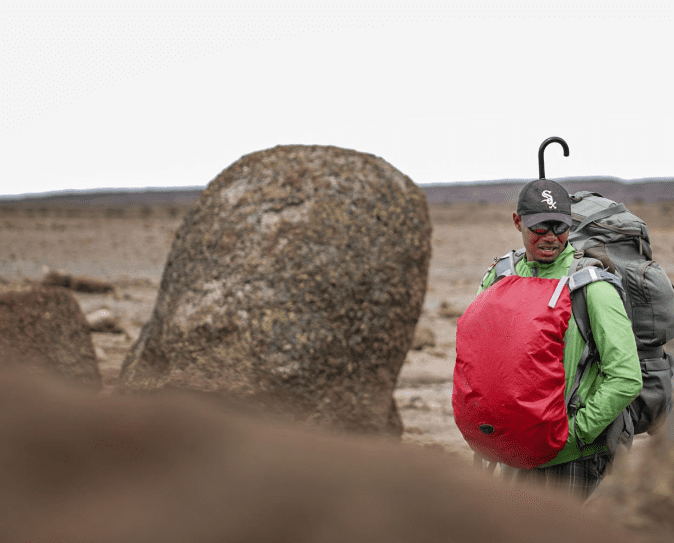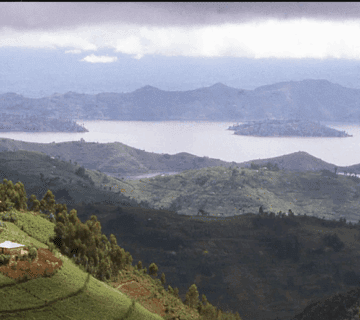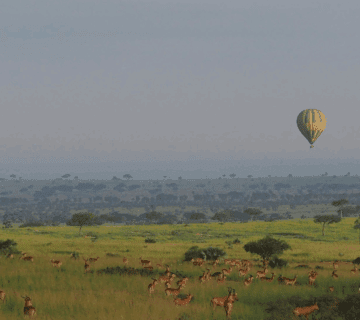Can You Climb Kilimanjaro Without a Guide?
Climbing Mount Kilimanjaro is a dream for many adventurers. Standing at 5,895 meters (19,341 feet), it is Africa’s highest peak and the world’s tallest free-standing mountain. The journey to the summit is a test of endurance, willpower, and mental strength. But one question often arises: Can you climb Kilimanjaro without a guide?
The short answer is no—not legally, at least. Since 1991, Tanzanian regulations require all trekkers to be accompanied by a licensed guide. However, beyond the legalities, there are compelling reasons why having a guide is essential for the Best Climb Kilimanjaro experience.
In this article, we’ll explore why climbing Kilimanjaro without a guide is not just against the rules but also a risky endeavor. We’ll also discuss how the right guide can transform your climb from a grueling challenge into an inspiring and life-changing adventure.
Why You Can’t (And Shouldn’t) Climb Kilimanjaro Without a Guide
1. It’s the Law
Tanzania’s Kilimanjaro National Park Authority mandates that every trekker must be accompanied by a registered guide. This rule was implemented for safety reasons—to reduce accidents, prevent illegal activities, and ensure climbers follow approved routes. Attempting to climb without a guide could result in fines, expulsion from the park, or even legal consequences.
2. Safety First: The Risks of Going Solo
Kilimanjaro is not a technical climb, but it is a high-altitude trek with unpredictable weather, steep ascents, and potential health risks like Acute Mountain Sickness (AMS). A professional guide:
-
Monitors your health and recognizes early signs of altitude sickness.
-
Knows emergency protocols and evacuation routes.
-
Ensures you stay on the right path (getting lost is easier than you think).
Without a guide, you’re risking your life. Even experienced hikers have succumbed to altitude-related illnesses due to poor judgment.
3. Logistical Challenges
Climbing Kilimanjaro isn’t just about walking uphill. You need:
-
Permits and park fees (handled by tour operators).
-
Camping equipment (tents, sleeping bags, cooking gear).
-
Porters to carry supplies (unless you want to haul a 20kg backpack at high altitude).
Guides and their teams handle all these logistics, allowing you to focus on the climb.
4. Local Expertise Enhances the Experience
A knowledgeable guide does more than keep you safe—they enrich your journey. They share stories about the mountain, point out wildlife, and teach you about the local flora and culture. Their encouragement can be the difference between giving up and pushing forward on summit night.
The Best Climb Kilimanjaro Experience: Why a Guide Makes All the Difference

Now that we’ve established why going guide-less is a bad idea, let’s talk about how the right guide can make your Kilimanjaro climb unforgettable.
1. Higher Success Rate
Statistics show that climbers with reputable guides have a much higher summit success rate. Guides pace you properly, advise on hydration and nutrition, and help you acclimatize effectively. They know when to push forward and when to rest—key factors in reaching Uhuru Peak.
2. Motivation When You Need It Most
Summit night is brutal. You’re hiking in freezing darkness, exhausted, and possibly nauseous from altitude. A good guide doesn’t just lead—they inspire. They’ll remind you why you started, cheer you on, and celebrate every small victory with you.
3. Cultural Connection
Kilimanjaro is in Tanzania, home to the Chagga people and rich traditions. Guides often share folklore, Swahili phrases, and insights into local life. This cultural exchange adds depth to your adventure, making it more than just a physical challenge.
4. Supporting the Local Economy
By hiring a guide, you’re supporting Tanzanian livelihoods. Guides, porters, and cooks rely on tourism. Ethical trekking companies ensure fair wages and proper working conditions, so your climb benefits the community.
How to Choose the Right Guide for the Best Climb Kilimanjaro
Not all guiding services are equal. Here’s how to pick the best:
-
Look for Licensed Operators – Only book with KPAP (Kilimanjaro Porters Assistance Project)-approved companies for ethical treatment of staff.
-
Check Reviews & Success Rates – Research companies with high summit success rates and positive feedback.
-
Smaller Groups Are Better – More personalized attention increases your chances of success.
-
Ask About Safety Protocols – Reliable guides carry oxygen, first-aid kits, and have emergency plans.
The True Summit Is the Journey
Climbing Kilimanjaro isn’t just about standing on the roof of Africa—it’s about the transformation that happens along the way. The exhaustion, the camaraderie, the moments of doubt, and the final triumphant steps to Uhuru Peak—all of it shapes you.
While the idea of a solo adventure may seem appealing, the Best Climb Kilimanjaro experience comes from sharing the journey. A guide isn’t just a rule; they’re a mentor, a protector, and sometimes, a friend who helps you discover strength you didn’t know you had.
So, can you climb Kilimanjaro without a guide? Legally and logically, no. But more importantly—why would you want to? The mountain is majestic, but it’s the people who make the climb unforgettable.
Take the challenge. Embrace the journey. And let Kilimanjaro change you.



